From 9 Months to 4 Weeks: How AI Helped a Solo Dev Deliver at Enterprise Scale

"When we asked how long this would have taken at their last job, our developer replied, this would've involved three teams — Jira integration, metrics backend, and frontend. Probably 9–12 devs, and it would've taken 9 months."
Challenge
When DevClarity hired its first full-time engineer, the company was at a turning point. Until then, all product development had been led by cofounder Will Blackburn, who was also helping with customer conversations, fundraising, and everything else that comes with building a startup.
The team had just raised capital. Customer demand was rising. Expectations were high. DevClarity needed to move fast to deliver enterprise-level features and win early deals. The developer wasn't stepping into a roadmap. They were helping to create it, as the only full-time engineer at a fast-moving startup.
Coming from larger engineering orgs, they were used to seeing features like Jira integrations or developer dashboards take months and multiple teams to build. Now they had to deliver both - solo, and fast.
"DevClarity's approach was simple: use AI coding tools daily, and free up developers to focus on meaningful product decisions."
While the developer had used AI tools before, this was their first experience working in a fully AI-augmented workflow. That mindset allowed them to operate at a level of speed and autonomy they hadn't seen in traditional environments.
Solution
Their first major project was a developer metrics dashboard with live integrations into Jira and Azure DevOps.
The challenge wasn't just wiring up APIs. They had to build secure, customer-authorized integrations that could ingest detailed ticket-level data, calculate key engineering metrics like velocity, cycle time, and committed versus completed work, and make the results meaningful for leaders.
Then came the front end: a brand new UI that visualized data over time, showed standard deviation bands to catch anomalies, and let users filter by time period, sprints, teams, and individuals.
For a company focused on helping engineering orgs drive high performance, this visibility was essential. It turned the product into something leaders could use to manage proactively instead of reactively.
The developer used Cursor daily throughout the project. They leaned on it to generate code snippets, clean up logic, and stay focused on product-level problem solving.
"What surprised them most wasn't the speed. It was how quickly it allowed them to adapt to full-stack ownership."
With AI assisting them every step of the way, they were able to design, build, and deliver a feature that checked all the boxes for usability, scalability, and polish.
Results
DevClarity invested in a single full-time developer. In return, they got a feature that would've taken months and multiple teams to build in a traditional setup.
"What might have required 30 developer-months at a larger company was delivered in four weeks - at a fraction of the cost and without the delays of cross-team handoffs."
The developer didn't just ship a critical feature. They leveled up as a developer. By embedding AI tools into their daily workflow, they became a fully AI-enabled engineer: faster, more autonomous, and capable of shipping at startup speed.
For DevClarity, that meant more than just hitting a roadmap milestone. It proved that with the right tools and mindset, any motivated developer can work at the speed of a founder - and help the entire org move faster as a result.
One dev. Four weeks. Thirty months of output.
If that's the kind of ROI you want from your engineering team, we'll show you how to get there.
Talk to DevClarity →
- Industry
- Engineering Management
- Stage
- Pre-Seed
- HQ
- Birmingham, AL